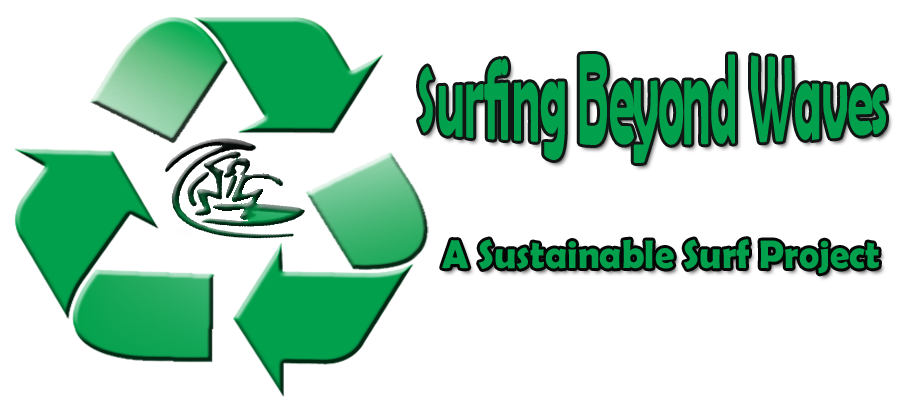
July 22, 2010 - Save The Waves Coalition, in partnership with National Surfing Reserves Australia and the International Surfing Association, is proud to announce the forthcoming dedication of iconic Malibu Surfrider Beach as the first World Surfing Reserve.
The enshrinement ceremony for the Malibu World Surfing Reserve will be held at Surfrider Beach on October 9th. There will be a paddle-out celebration, daytime media event, and evening fundraiser to celebrate this special occasion. The October 9th event will also mark the commencement of a stewardship and preservation plan for Malibu aimed at building general awareness around the importance of protecting the world’s greatest, most cherished surf spots.
Malibu is California’s definitive pointbreak and one of the world’s first ‘perfect waves’. Following World War II, Malibu helped established directions in technology, surfing style, and the image of the sport that are still followed today. It remains a transcendent name: included in more than 75 surfing films, representative of a Southern California lifestyle, and represented by name on any number of products and businesses.
A Local Stewardship Council, made up of community members intimately familiar with and dedicated to surfing at Malibu, will be responsible for implementing the stewardship plan to protect Malibu’s environmental, cultural, social and economic benefits. Confirmed members of this Council include local surfing legends Allen Sarlo, Andy Lyon, and Steven Lippman, as well as community members Bill Parr and Michael Blum. Honorable Mayor of Malibu Jefferson Wagner, also known as Zuma Jay, has also voiced his enthusiastic support of the initiative. More stewards will be announced soon.
“The WSR program, inspired by UNESCO’s World Heritage Sites, helps the surfing community to identify and preserve surfing heritage through their important surf breaks. Malibu makes any short list of the world’s most famous beaches, and remains a reference point for much of what we think of as style in or out of the water,” stated Michael Blum, President of the Malibu Surfing Association and a member of the Malibu World Surfing Reserve Local Stewardship Council.
Ross Mirkarimi, a California Coastal Commissioner, political leader and early advocate for World Surfing Reserves, announced: “Earlier this year, California took a leadership role to protect iconic surf spots through the California Coastal Commission’s adoption of an important resolution supporting World Surfing Reserves. I am delighted to see this program move forward as it will benefit not only surfers but also the greater coastal community.”
This designation of Malibu is the first in a series of World Surfing Reserves planned for the iconic surfing coastlines of Australia, Hawaii and numerous other areas worldwide. World Surfing Reserves are nominated through a selection process and currently there are dozens of proposed WSRs covering nearly every continent on the planet.
World Surfing Reserves are produced through a partnership of Save The Waves, National Surfing Reserves Australia, the International Surfing Association (ISA) and Stanford University’s Center for Responsible Travel (CREST). For more information, please visit: worldsurfingreserves.org.








